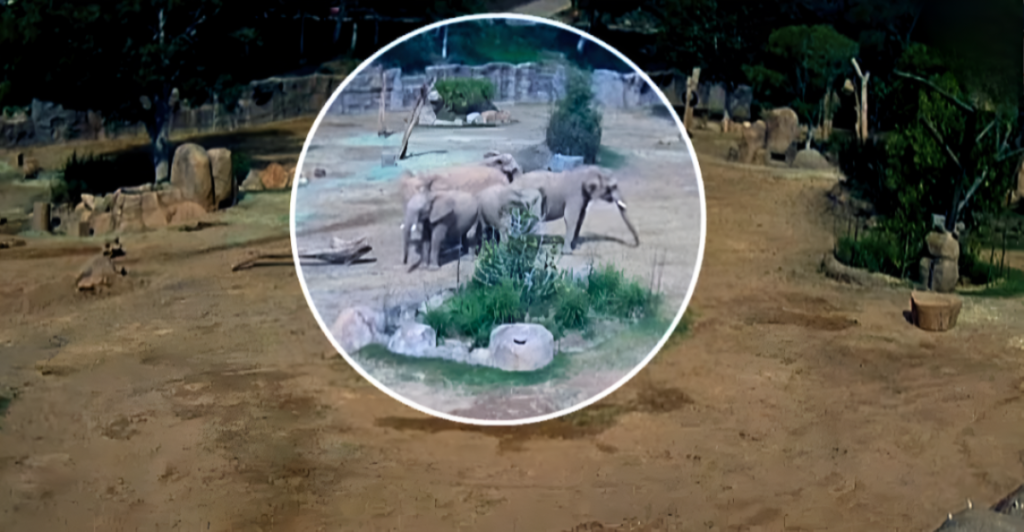
On April 14, 2025, a 5.2 magnitude earthquake rattled Southern California, which sent shockwaves through communities and wildlife. However, at the San Diego Safari Park, an extraordinary event unfolded that captured the world’s attention. Just moments before the tremors reached the area, the park’s African elephant herd began displaying unusual, coordinated behavior.
The elephants’ actions not only protected their youngest members but also served as an early warning sign to zookeepers and staff, prompting a swift evacuation. This amazing example of animal instinct has renewed interest in how animals sense natural disasters. In this article, we will take a look at what happened, why elephants behave this way, and what it means for humans and wildlife.
The Earthquake Strikes
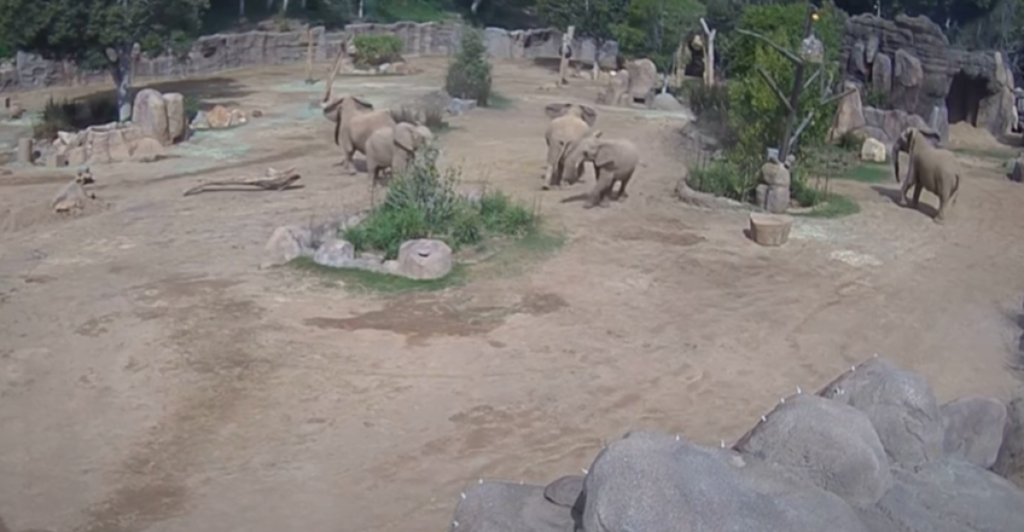
At 10:08 a.m., the ground beneath San Diego started to tremble after a 5.2 magnitude earthquake struck near Julian, sending ripples across the region. The earthquake caused only minor structural damage with no reported injuries, but it created a moment of chaos at the San Diego Zoo Safari Park. Visitors and staff felt the initial tremors, but it was the elephants who reacted first.
The elephant’s sudden agitation and movements caught the keepers’ attention, who quickly realized something was wrong. The elephants’ response was not just a reaction to the shaking ground; it was also a preemptive warning to everyone around them. Their unusual behavior occurred just moments before the strongest tremors reached the park, giving staff enough time to act.
Formation of the Alert Circle
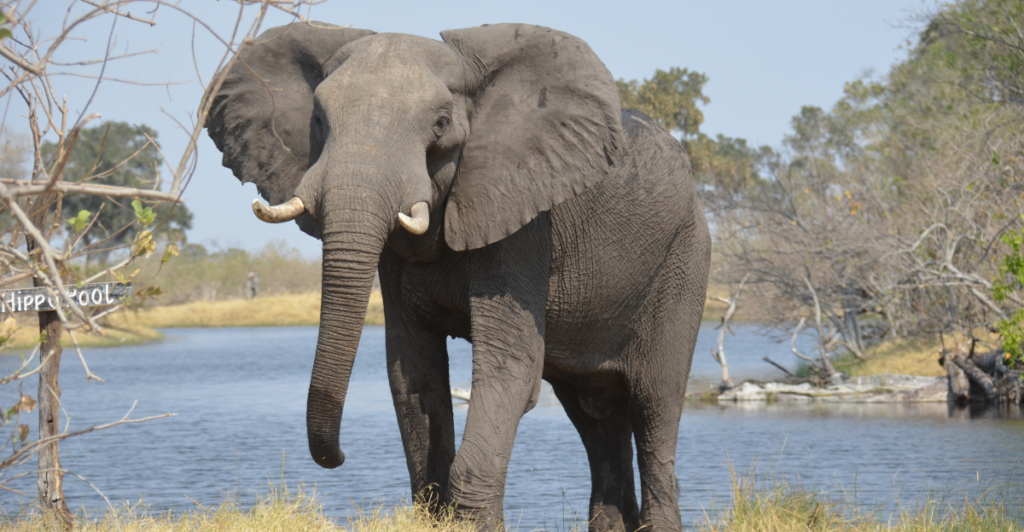
Just as the first vibrations were detected, the matriarchs of the elephant herd, Ndlula, Umngani, and Khosi, immediately jumped into action. They led the group of elephants into a tight formation known as an “alert circle,” with the youngest calves, Zuli and Mkhaya, safely positioned in the middle of the circle.
The adult elephants all faced outward, with their bodies tensed and their ears flared, ready to shield the most vulnerable members of their group from any threat. This behavior, which is often seen in the wild when predators are near, was triggered by the elephants’ ability to sense the impending earthquake. For several minutes, the herd remained in this protective formation, demonstrating their deep social bonds and instinctive drive to protect their family.
Elephants’ Unique Sensory Abilities

Elephants are famous for their extraordinary sensory perception, particularly their ability to detect vibrations through the ground. They have specialized cells in their feet and trunks that help them pick up low-frequency seismic waves, usually before humans can sense any movement. Scientists believe elephants can detect the initial, less intense P-waves that occur before the more destructive S-waves of an earthquake.
This early awareness gives elephants an important advantage during earthquakes. Their sharp hearing and ability to detect low-frequency sounds help them send warnings over long distances. These unique traits have developed over thousands of years, helping elephants survive in unpredictable environments.
Communication and Social Bonds

However, the elephants’ coordinated response was not just a matter of instinct; it showed their complex social structure and communication skills. Elephants use a combination of vocalizations, body language, and infrasound to share information and coordinate group actions.
During the earthquake, subtle rumbles and physical cues were passed between the herd members, which allowed them to act as a unified group. The matriarchs’ leadership ensured that the youngest and most vulnerable elephants were protected. This communication system is extremely important for the survival of elephant herds and shows the depth of their intelligence and empathy.
Staff Response and Evacuation
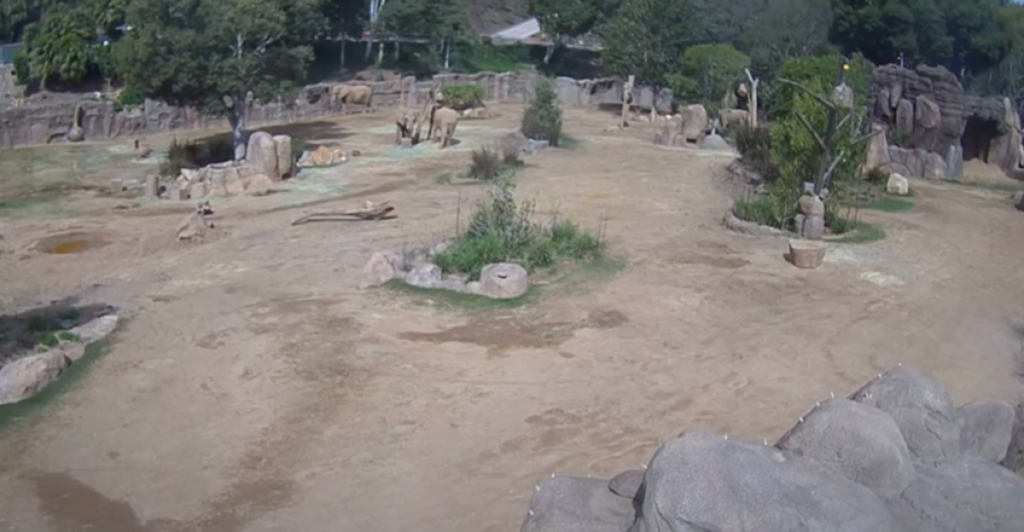
The zoo staff instantly noticed the sudden change in behavior. Keepers, who have been trained to observe and interpret animal signals, instantly recognized the urgency of the situation. As the elephants formed their alert circle and began vocalizing, staff members initiated emergency protocols.
Visitors were quickly and calmly directed to safe areas, and non-essential personnel were evacuated from the immediate vicinity of the elephant enclosure. The early warning sign that was provided by the elephants’ actions allowed for a swift and orderly response, minimizing the risk of injury or panic. This extraordinary incident has shown the importance of understanding and respecting animal behavior when it comes to managing public safety.
Historical Precedents
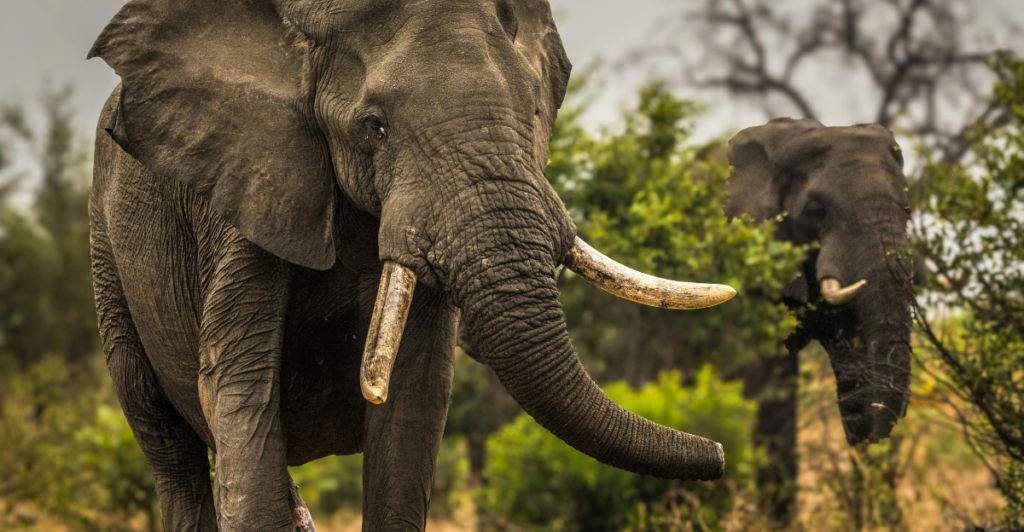
But this is not the first time that elephants have demonstrated an ability to sense earthquakes before they occur. Historical accounts from zoos and wildlife reserves around the world have documented similar behaviors, with elephants becoming agitated or seeking higher ground minutes before seismic activity.
In 2010, a major earthquake rattled near Baja California, and the same San Diego herd reportedly formed an alert circle. These consistent responses suggest that elephants possess a reliable, innate ability to detect and react to environmental threats. These observations have prompted further scientific research into the mechanisms behind animal earthquake prediction.
Scientific Insights and Research

The events that occurred at San Diego Zoo have reignited scientific interest in the study of animal behavior as a potential tool for earthquake prediction. Researchers are currently looking into the sensory biology of elephants and are focusing on how their feet and trunks detect seismic waves.
Studies are also exploring the role of infrasound communication in alerting other herd members. By analyzing this data, scientists are hoping to develop new early warning systems that incorporate animal behavior. Although we rely on technology to detect earthquakes, the natural instincts of animals like elephants could provide valuable information.
Conservation and Education

The San Diego elephants’ actions have garnered global attention and emphasized the importance of conservation and education. Elephants are a keystone species that play a very important role in their ecosystems and serve as ambassadors for wildlife protection.
The incident has inspired even more interest in elephant conservation efforts, emphasizing the need to protect these intelligent and sensitive animals from threats like habitat loss and poaching. Zoos and wildlife parks play an essential role in educating the public about elephant behavior and the importance of biodiversity.
Public Fascination and Media Response
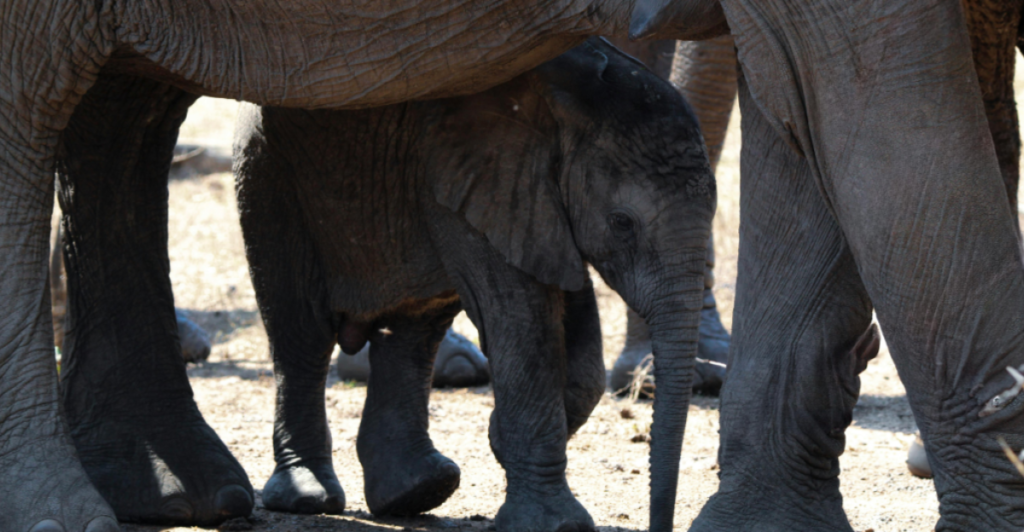
The news of the elephants’ actions spread rapidly, fascinating audiences worldwide. Social media has been filled with videos and eyewitness accounts, while experts have appeared on news programs to explain the science behind the phenomenon.
The story resonated with people of all ages, sparking discussions about animal intelligence and the natural world’s mysteries. Many admired the elephants’ abilities and were grateful for the quick-thinking staff. The event served as a powerful reminder of the deep connections between humans and animals and the value of observing and learning from wildlife.
Explore more of our trending stories and hit Follow to keep them coming to your feed!

Don’t miss out on more stories like this! Hit the Follow button at the top of this article to stay updated with the latest news. Share your thoughts in the comments—we’d love to hear from you!







